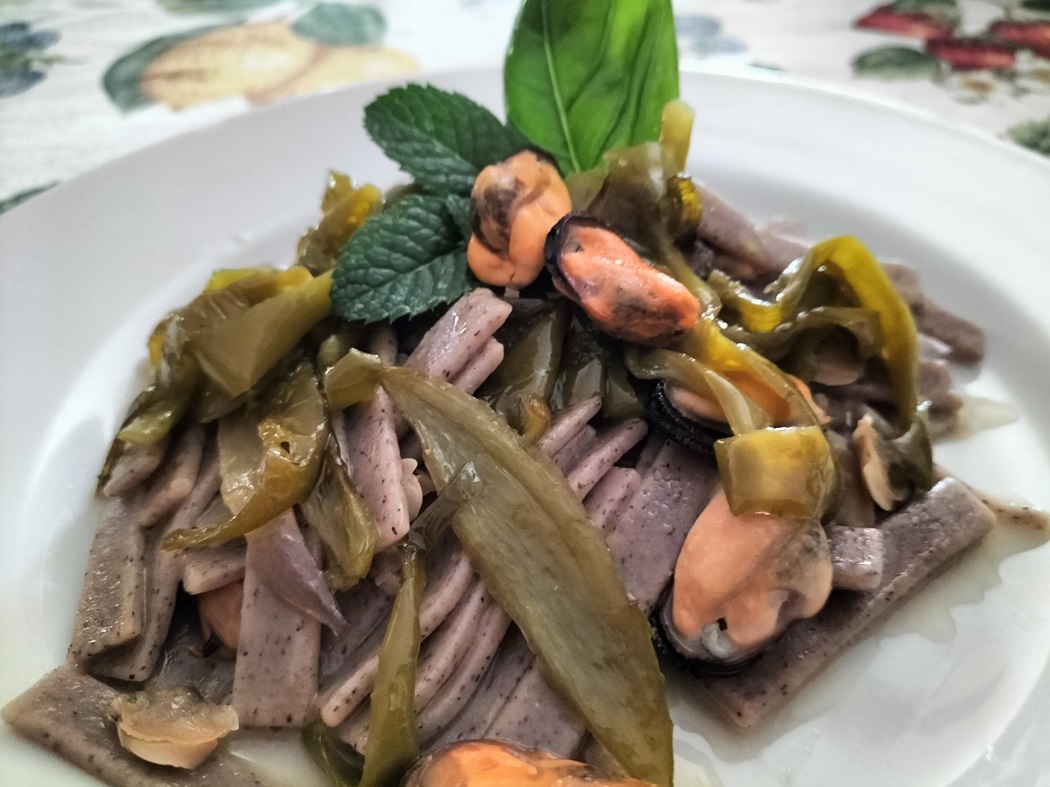Frascati is one of the best-known Italian white wines at home and abroad, because it was one of the first wines to be exported. It stands out in the varieties Frascati Superiore DOCG, Frascati Superiore Riserva DOCG, Cannellino DOCG, Frascati Spumante DOC and Frascati DOC.
Frascati wine is a blend of Malvasia Bianca di Candia and / or Malvasia del Lazio (Malvasia puntinata) at least 70%, Bellone, Bombino bianco, Greco bianco, Trebbiano toscano, Trebbiano giallo alone or jointly up to a maximum of 30%. You can add other varieties of white grape varieties suitable for cultivation in the Lazio Region up to a maximum of 15% of this 30%.
It is a wine that goes perfectly with appetizers, soups, pastas, main courses of fish and white meats, medium-aged cheeses, as well as being used as an excellent aperitif.
The production area extends on the north side of the Albani Hills, on ashes and lapilli of volcanic origin, and includes the entire territory of the municipalities of Frascati, Grottaferrata, Monteporzio Catone and in parts of Monte Compatri.
The vineyards start from the flat area and reach a height of about 500 meters above sea level with a temperate Mediterranean climate, and are favoured by proximity of the sea, and a good sunshine in September and October. From the DOCG specification:
«... the combination of soil characteristics and climatic factors determines, for white wines, the production of significant quantities of aromatic precursors that enhance the organoleptic characteristics and the hints typical of the different vines.»
The presence of vineyards in this area dates back to Roman times and is found in a portion of a fresco from Tusculum of the fifth century BC, which depicts two goats facing each other under a rich vine-covered grapevine, which today is located in the Castle of Agliè in Piedmont.
In the treatise "De agri Cultura" written by Marco Porcio Catone (which gives the name to the village of Monteporzio) in 160 BC. The writer and soldier Marco Terenzio Varrone, who had land at Tusculum, wrote that no one could send wine to Rome before the celebrations of Vinalia, two festivals in honour of Jupiter (later also of Venus) that were celebrated with new wine feasts on 23 April and the greeting of the harvest on 19 August.
After the fall of the Roman Empire, the first mention of the vineyards of the Frascati area is found in a bull by Pope Sergius I (687-701), the pope from Syria who evangelized northern Europe. Even the great Marcantonio Colonna, winner of the battle of Lepanto who had in fief most of the Castelli Romani, had regulated the cultivation of vines in the Statutes of his feuds.
Among the mentions in favour of the quality of the wines of the Frascati area we can refer to the speech of the butler of Pope Paul III, a certain Sante Lacerio who cites the Frascati wines as among the best of the time, and Cardinal Scipione Borghese who had chosen to have his residence right here.
What is certain is that the economy of this area has stood for centuries on the production and trade of wine and in a report of 1835 on the state of the communes of the Pontifical State of Joseph Morocco, we read:
for Monte Porzio Catone "The inhabitants are willing and able, they apply themselves to the work of the countryside, and they are most useful in the trade of wine"
for Grottaferrata «the wines are excellent»
for Frascati «The territory is very fertile... it produces excellent wines».
In any case there is no territorial policy or tourist guide that does not report the area of Frascati and Monteporzio as characterized by large vineyards and olive groves that produce wine of the highest quality.
After the Second World War which brought bombing and destruction here, on May 23rd 1949, 18 producers gave birth to the "Consortium of Frascati" to protect and promote Frascati wine.
Today this area has deserved to become Frascati DOCG wine.









Follow us